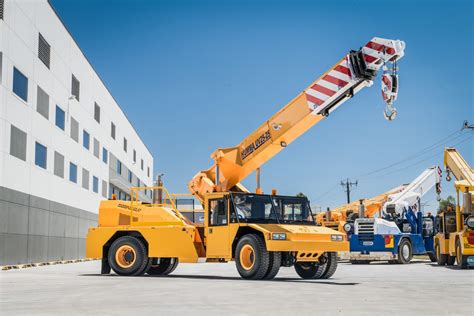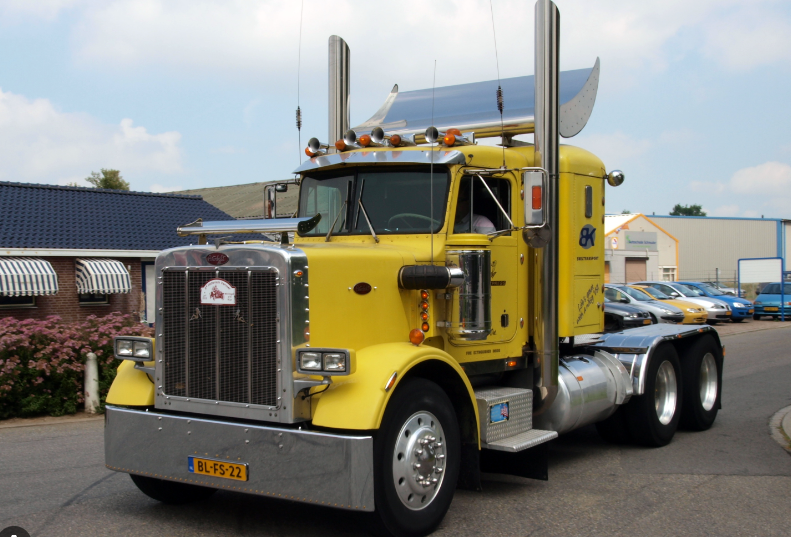The Purpose of a Jib on a Crane
Cranes are one of the most commonly used machines in various industries such as construction, manufacturing and logistics. The primary function of a crane is to lift and move heavy loads safely and efficiently. Among the different components that make up a crane, the jib plays an important role. In this article, we will discuss the purpose of a jib on a crane and how it contributes to making the machine more versatile and effective.
What is a Jib?
A jib, also known as the boom, is a horizontal structure that extends from the main body of the crane. It is usually located at the top of the crane, and its length can range from a few feet to more than a hundred feet depending on the type of crane. Jibs can be fixed or adjustable and can rotate 360 degrees horizontally or vertically, making them very versatile.
Purpose of a Jib on a Crane
The main purpose of a jib on a crane is to extend its reach and lifting capacity. By adding a jib to a crane, the machine's operating radius can be significantly increased. This means that it can lift loads further away from its base, allowing it to work in areas that would be otherwise inaccessible. Additionally, the jib can be used to change the angle of the load, making it easier to maneuver it into position.
Another purpose of a jib on a crane is to provide more precise control over the load. Because the jib can be adjusted and rotated, it allows the crane operator to position the load with greater accuracy. This is particularly useful in areas where space is limited, and the crane needs to be able to work around obstacles.
Types of Jibs
There are several types of jibs that can be used on a crane, each with its own specific purpose. The most common types of jibs are fixed, luffing, and fly jibs. Fixed jibs are permanently attached to the crane, while luffing jibs can be raised or lowered to change the angle of the load. Fly jibs are attached to the end of the main jib and can be extended to increase the crane's reach.
Conclusion
In conclusion, a jib on a crane is a crucial component that extends the machine's reach and makes it more versatile. By adding a jib, the crane's lifting capacity can be significantly increased, and it can work in areas that would be otherwise inaccessible. Additionally, the jib provides more precise control over the load, making it easier to maneuver it into position. There are several types of jibs that can be used on a crane, each with its own unique benefits. Overall, the jib plays a vital role in the day-to-day operations of various industries and helps to make lifting and moving heavy loads safer and more efficient.
"











